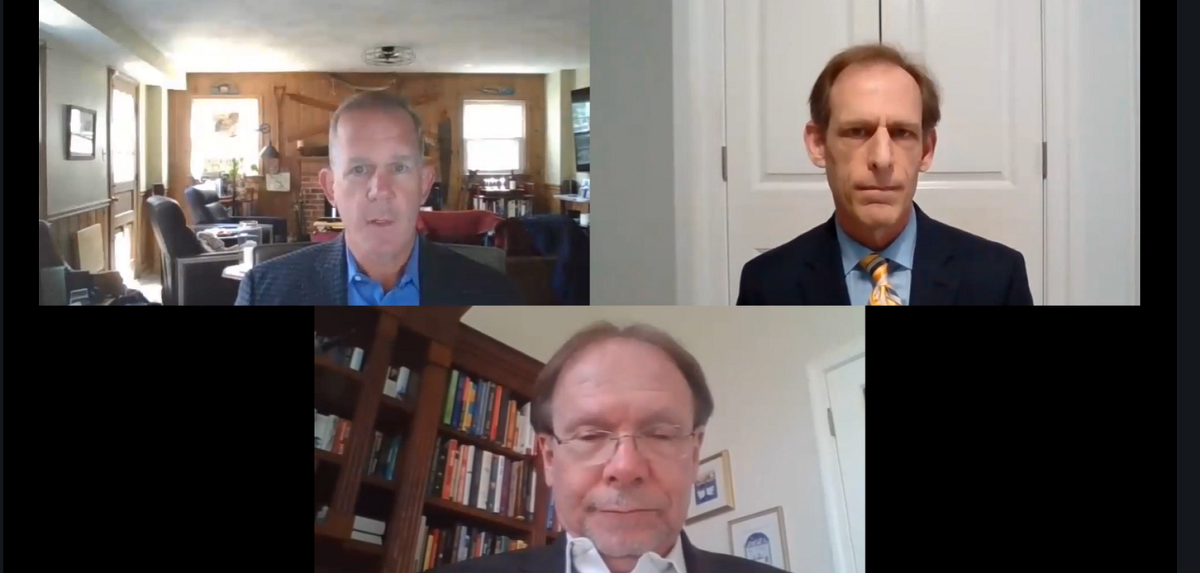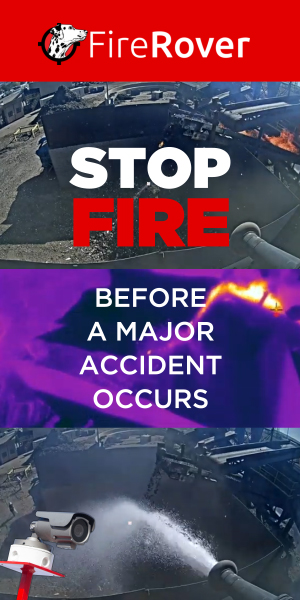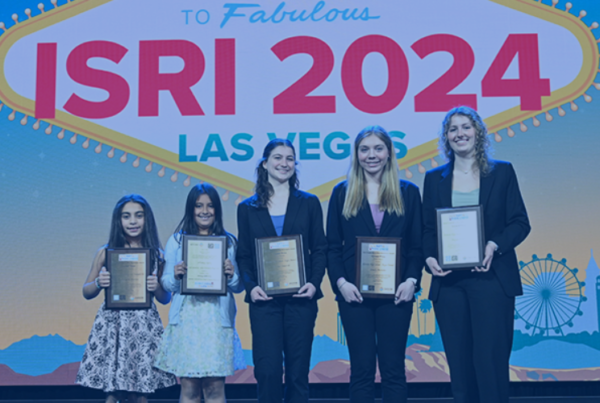This article is from the Stormwater: Federal 2021 MSGP and More session during ISRI2021. Many of the programs available in ISRI2021 will remain available to convention registrants through May 20 on demand. The exhibit hall will remain open during that time as well.
An important and far-reaching issue for the recycling industry, stormwater management affects almost every aspect of the recycling operation and requires continual attention and activity. In the ISRI2021 session Stormwater: Federal 2021 MSGP and More, Fredric Andes and Jeffrey Longsworth of Barnes & Thornburg LLP and David Wagger, ISRI’s chief scientist and director of environmental management, discuss the Federal 2021 Multi-Sector General Permit for Stormwater Discharges Associated with Industrial Activity (MSGP) and other stormwater issues.
The Road to the Federal 2021 MSGP
The new MSGP, which took effect March 1, 2021, will impact industrial facilities in jurisdictions where EPA is the National Pollutant Discharge Elimination System (NPDES) permitting authority. In the long term, it will impact industrial facilities in most states because most model their NPDES industrial stormwater general permits after EPA’s MSGP. Permittees covered by the 2015 MSGP must submit their 2021 MSGP Notice of Intent by May 30, 2021 to avoid losing permit coverage. EPA’s 2015 MSGP was administratively extended after expiring June 4, 2020, in expectation of the next MSGP under review.
EPA’s 1990 stormwater regulations established NPDES permit requirements for industrial stormwater discharges. The agency issued the first MSGP in 1995, with subsequent MSGPs issued in 2000, 2008, and 2015. In late 2016, EPA reached a settlement agreement with a consolidated group of environmental organizations petitioning against the 2015 MSGP.
Petitioners argued the permit was not stringent enough, did not contain all the safeguards present in individual permits, and was too flexible for dealing with covered discharges. Ultimately, the environmental groups, EPA, and industrial-coalition intervenors reached an agreement that included several actions for developing the proposed next permit. EPA agreed to sponsor and fund a study conducted by the National Academies of Sciences, Engineering, and Medicine to evaluate potential improvements for the next MSGP. During the study phase, the National Academies held public sessions during which ISRI presented views on industrial stormwater management and the MSGP, Wagger notes.
The final report reviewed monitoring requirements in the MSGP and provided recommendations EPA had agreed to consider in drafting the proposed next permit. EPA issued the proposed 2020 MSGP and took comments through June 1, 2020. ISRI identified problematic aspects and submitted substantive comments. ISRI’s Gulf Coast, New England, and Rocky Mountain Chapters submitted supporting comments on behalf of their members in states covered by the MSGP.
MSGP 2020 Proposal and Reactions
To address the study recommendations, EPA proposed several changes. The agency proposed a universal benchmark monitoring requirement for pH, Total Suspended Solids (TSS), and chemical oxygen demand (COD) for all facilities and sectors subject to the MSGP. ISRI was one of the groups that submitted comments against this change, noting how long it took to properly educate facilities through the collection process. This significant expansion would be onerous for facilities that had never collected samples to follow these mandates.
EPA also proposed expanding required responses to benchmark exceedances. Traditionally, exceeding a benchmark required corrective action to evaluate stormwater control measures to determine changes to reduce pollutant concentrations in stormwater discharges. The facility implemented changes to meet the benchmark in the future. The approach contained a corrective action off-ramp if no further pollutant reductions were technologically available and economically practicable and achievable. In response to the environmental groups, EPA proposed Additional Implementation Measures (AIM), a three-level structure of requirements for repeated benchmark exceedances. The AIM requirements did not provide an off-ramp, especially for level three response measures that didn’t meet all benchmarks, potentially forcing the permittee into an individual permit. ISRI and others commented such an expansion would be onerous for regulated parties.
The Final 2021 MSGP
The 2021 MSGP was an improvement over the proposed 2020 MSGP in part because of ISRI’s comments — developing modified provisions in lieu of proposed changes. Regarding monitoring changes, under the 2021 MSGP operators in subsectors without sector-specific benchmark monitoring requirements must conduct indicator analytical monitoring for pH, TSS, and COD quarterly for permit duration. Monitoring results don’t trigger follow-up actions, it’s a “report-only” requirement, the panelists note.
EPA updated benchmark monitoring thresholds for aluminum and copper, and eliminated iron from the list of benchmark parameters.
For AIM, EPA revised the requirements to allow for the “resetting” to baseline status for any AIM level, including Level two or Level three, if facilities meet benchmark thresholds and responses within the deadlines. The panelists recommend viewing this as an attempt at a tiered structured process related to corrective action.
Other Stormwater Issues
The panelists discussed two recent EPA memoranda that may impact stormwater management in the future. The memorandum, “Interim Strategy for Per- and Polyfluoroalkyl Substances in Federally Issued National Pollutant Discharge Elimination System Permits,” included a recommendation to EPA Regional Administrators to consider “permit requirements for phased-in monitoring and stormwater pollutant control, as appropriate, taking into consideration when PFAS are expected to be present in stormwater discharges.” This sets the stage to address sources of per- and polyfluoroalkyl substances (PFAS) to stormwater discharges in future or existing permits provisions.
The memorandum, “Applying the Supreme Court’s County of Maui v. Hawaii Wildlife Fund Decision in the Clean Water Act Section 402 National Pollutant Discharge Elimination System Permit Program,” discussed the Supreme Court’s “functional equivalent” analysis. This analysis evaluates “whether a discharge of a pollutant from a point source that travels through groundwater to a water of the United States is the ‘functional equivalent’ of a direct discharge from a point source to a water of the United States.” The guidance assists the regulated community and permitting authorities in evaluating whether and how to perform a “functional equivalent” analysis to determine whether the analyzed discharge requires a permit.
Caption: (Clockwise from upper left-hand corner) Jeffrey Longsworth, partner at Barnes & Thornburg LLP, David Wagger ISRI’s chief scientist and director of environmental management, and Frederic Andes, partner at Barnes & Thornburg LLP discuss the Federal 2021 Multi-Sector General Permit for Stormwater Discharges Associated with Industrial Activity (MSGP) and other stormwater issues.
Additional Resources













